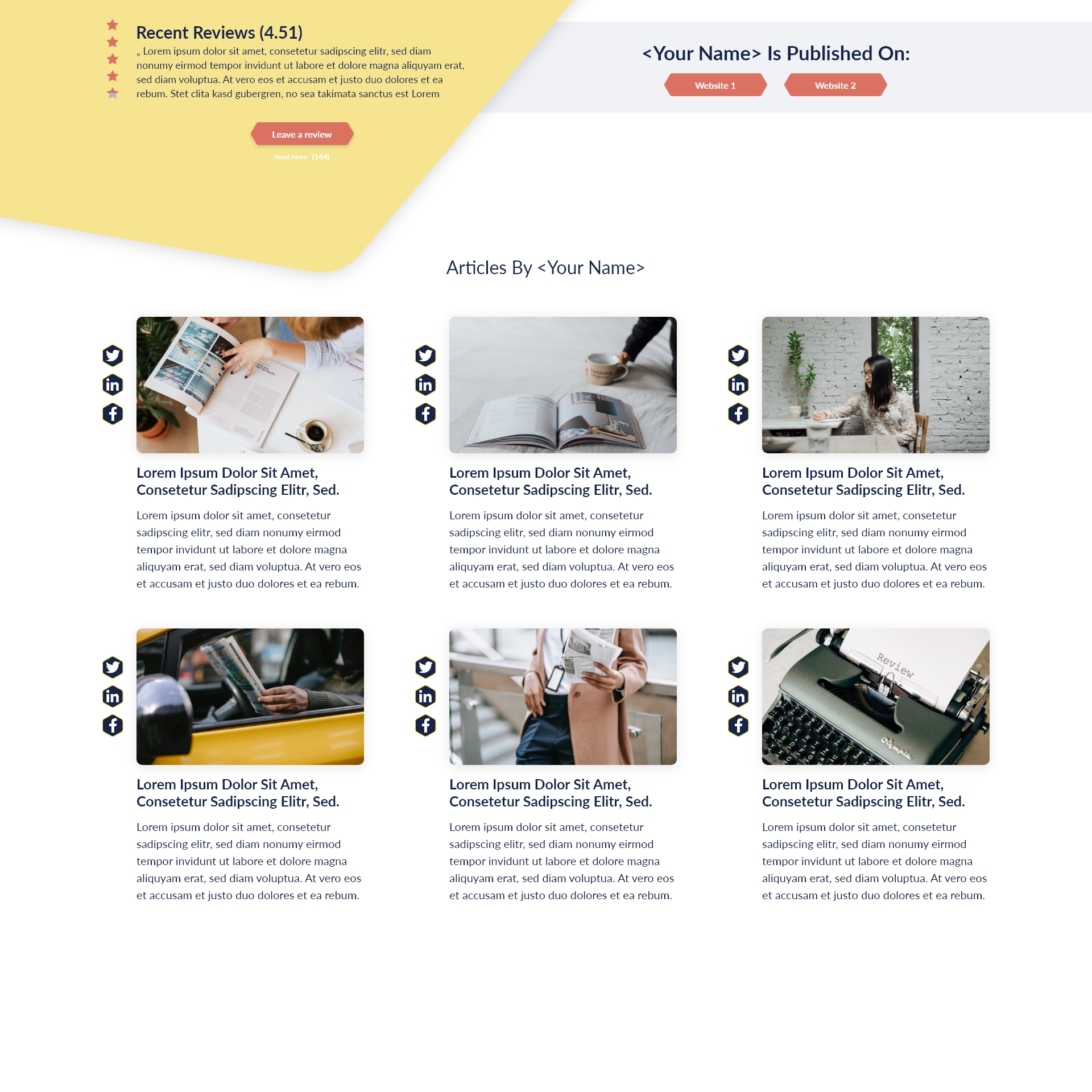Key Takeaways:
- Inclusive leadership sets organizational culture and drives results.
- Psychological safety is essential for trust and innovation.
- Intentional bias reduction strategies foster equity during recruiting and promotions.
- ERGs and mentorship develop leadership in underrepresented groups.
- Lasting inclusion requires ongoing feedback, measurement, and executive accountability.
In today’s dynamic workforce, organizations increasingly recognize that inclusion is not simply a moral choice—it’s a foundational pillar for innovation, engagement, and performance. Business leaders who cultivate inclusion foster environments where everyone feels a sense of belonging and empowerment. This guide delineates robust strategies and actionable tools for modern managers to build inclusive organizations, emphasizing emotional intelligence as a core driver for leadership and skills development.
Inclusive Leadership Best Practices: Setting the Tone from the Top
What Does Inclusive Leadership Look Like in Action?
Inclusive leadership is characterized by intentional actions that value every team member’s perspective, background, and potential. Such leaders actively solicit input from all corners, encourage constructive dissent, and demonstrate fairness in words and decisions. They’re sensitive to differences while championing common goals and communicate transparently about organizational priorities. Genuine inclusive leaders recognize diversity as a strength and are quick to correct inequities when they appear.
Cultivating Belonging in Organizations Through Lead-By-Example Approaches
Modeling behaviors such as active listening, vulnerability, and advocacy creates psychological safety. When leaders share their own stories—successes and struggles—and encourage others to do the same, they pave the way for authentic connections. Recognizing contributions, addressing exclusionary dynamics, and empowering people across demographics ensures all employees feel noticed and valued. Consistency in these behaviors forms the bedrock of an inclusive culture.
Fostering Psychological Safety at Work: Building Trust Across Levels
Practical Steps for Empowering Underrepresented Employees
Psychological safety is a prerequisite for meaningful engagement and innovation. Leaders create this by inviting feedback, validating unique perspectives, and establishing confidentiality in conversations. Empowering underrepresented employees can begin with structured mentorship, sponsorship, and targeted leadership development aimed at nurturing skillsets that might otherwise go unnoticed. Rotational programs, stretch assignments, and visible support for diversity initiatives help bridge gaps in opportunity and representation.
Overcoming Microaggressions at Work: How Leaders Can Respond Effectively
Addressing microaggressions demands prompt, empathetic action. Leaders should respond by listening carefully to impacted individuals, affirming their feelings, and setting clear behavioral expectations. Training programs focused on recognizing unintentional biases and harmful language can foster awareness. Leaders must emphasize ongoing education and create accountability mechanisms so all team members understand the real-world impact of their words and actions.
Equity and Diversity in Management: Designing for Fairness
Bias Reduction Strategies for Leaders During Recruitment and Promotion
Unconscious bias can creep into talent processes, undermining fairness and diversity. To counter this, organizations benefit from standardized interviews, evidence-based criteria, and diverse hiring panels. Regular calibration discussions and bias interrupter interventions—such as blind resume reviews and structured decision-making checklists—support impartiality across hiring and promotion cycles.
Measuring Inclusion in the Workplace: Tools and Metrics for Progress
Effective inclusion programs set measurable goals. Surveys capturing perceptions of belonging, engagement, and psychological safety, alongside tracking representation across seniority levels, can yield actionable insights. Utilizing dashboards and rigorous data analytics highlights trends, risks, and opportunities for improvement. Accountability grows when metrics inform transparent conversations about progress and areas requiring additional focus.
Inclusive Decision-Making Frameworks: Pathways to Involvement and Voice
The Role of Employee Resource Group Leadership in Shaping Policies
Employee Resource Groups (ERGs) give a formal voice to underrepresented communities within organizations. ERG leaders can serve as key advisors during policy formation, ensuring initiatives align with lived employee experiences. Regular forums between ERGs and executive leadership strengthen feedback loops and surface intersectional concerns that may otherwise be overlooked.
Allyship Training for Executives: Moving from Awareness to Action
Allyship at the executive level transforms awareness into meaningful advocacy. Training should include self-reflection, privilege analysis, and deliberate sponsorship of diverse talent. Executives who actively support ERG programs, attend diversity events, and challenge status-quo practices model a visible commitment. Providing resources for continued learning and public accountability sharpens the impact of these actions.
Accessibility Accommodations in Offices: Creating Environments Everyone Can Use
Integrating Cross-Cultural Communication in Teams for Better Collaboration
Modern inclusive offices are physically and culturally accessible. This includes ergonomic workspaces, adaptive technology, and clear policies supporting individuals with various abilities and needs. Cross-cultural communication further enhances collaboration. Teams should receive training in cultural norms, language preferences, and conflict resolution styles to bridge divides and leverage diversity productively.
Mentorship Programs for Diverse Staff: Nurturing Growth and Opportunity
Structured mentorship programs are powerful tools for career progression. Pairing emerging leaders from diverse backgrounds with experienced sponsors accelerates learning and amplifies hidden potential. Effective programs establish clear objectives, regular touchpoints, and opportunities for mentees to contribute ideas and shape organizational direction. Such programs are most successful when recognized and supported at the highest levels.
Developing an Inclusive Company Culture: Sustaining Long-Term Change
What Are the Key Ingredients of a Lasting Belonging Culture?
A culture of belonging emerges when inclusion is woven into every process and expectation. Rituals that celebrate milestones, open town halls, and cross-team collaboration drive connection. Recognition programs, transparent communication about strategy, and visible celebration of diversity build affinity. Leaders at all levels are responsible for modeling behaviors that signal respect and appreciation for difference.
How to Encourage Feedback and Continuous Improvement
Inclusion is a journey rather than a destination. Organizations thrive by continually seeking honest feedback through surveys, town halls, and informal check-ins. Leaders must remain open to change, viewing feedback as a valuable route to refinement rather than criticism. Rotating committees or task forces can bring fresh voices into decision-making, ensuring policies evolve with workforce needs.
Modern organizations must move beyond aspirational statements to embed inclusion in the very DNA of their operations. Prioritize emotional intelligence, build robust feedback loops, and champion equitable growth so that every team member advances and contributes to lasting success.








